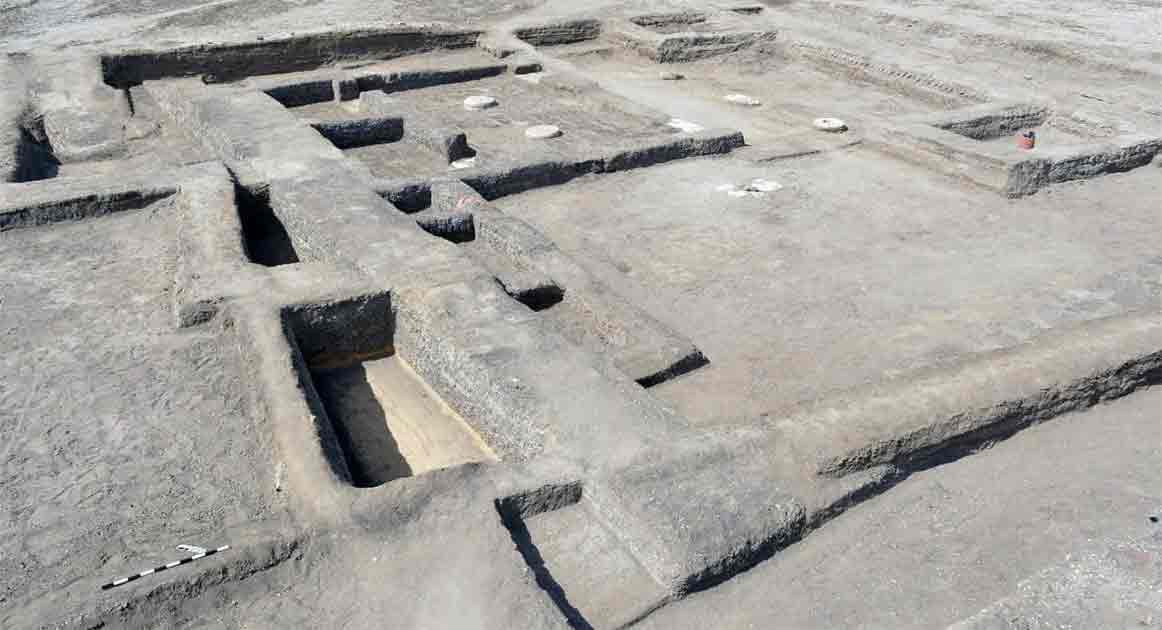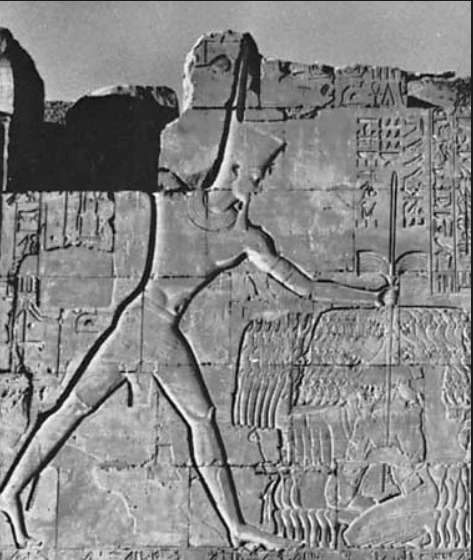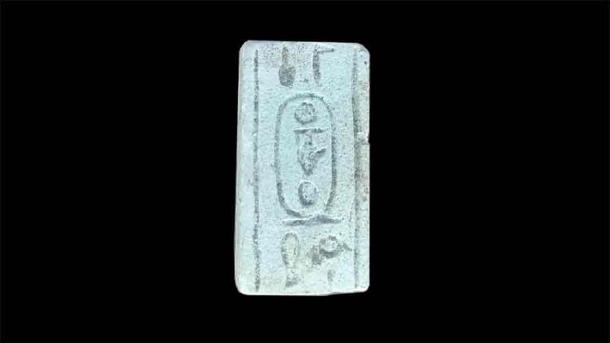
A 3,500-year-old Egyptian royal hermitage found in the Sinai Desert
Egyptian archaeologists have uncovered the remains of a 3,500-year-old “royal fortified rest area” in the northern Sinai Desert.
The structure was found at the Tel Habwa archaeological site in the North Sinai Archaeological Area.
The royal fortified resting structure is thought to be one of the mud-brick royal palaces located near Egypt’s Eastern Gate. It was probably built to house ancient Egyptian forces and perhaps even the royal family during the reign of Thutmose III (1479 – 1425 BC).
Thutmose III, also known as Thutmose the Great, was the sixth pharaoh of the 18th Dynasty of Egypt and ruled for about 54 years, from 1479 to 1425 BC. He is considered one of the most powerful and successful pharaohs of ancient Egypt and was nicknamed the “Napoleon of Egypt”.
📣 Our WhatsApp channel is now LIVE! Stay up-to-date with the latest news and updates, just click here to follow us on WhatsApp and never miss a thing!!

Thutmose III transformed Egypt into an empire with the largest territory in its history, winning victories in major battles such as Megiddo, Kadesh and Karnak. He conquered Nubia, Syria, Palestine and Mesopotamia.
He built the Temple of War in the Temple of Karnak. The mummy of Thutmose the Great, buried in the pyramid in the Valley of the Kings, one of the largest pyramids in Egypt, was discovered in the Valley of the Kings in 1881.
“Due to the architectural planning of the building and the scarcity of pottery shards [broken pottery] inside, it is likely that this building was used as royal seals,” the Egyptian Ministry of Tourism and Antiquities said in a translated statement posted on its Facebook page. The Egyptian Archaeological Mission operating at Tel Habwa (Tharo) Archaeological Site made the discovery during excavations as part of the Sinai Development Project.

The layout of the building consists of two consecutive rectangular halls with several adjoining rooms. The main entrance on the north side leads to the first hall, flanked by three limestone columns.
The first hall is connected to a smaller hall by doors on both the east and west sides. This smaller hall has two limestone columns in the center and the entrances are marked by stone thresholds. The second hall connects the two rooms facing east and west and is reached by opposite entrances.
According to Professor Ramadan Helmy, Director of the North Sinai Archaeological Zone and Head of the Mission, the dating of the building was determined by stratigraphic layer analysis, pottery sherds discovered nearby, and the discovery of two inscribed cranes bearing the name of Thutmose III.
Egypt’s Ministry of Tourism and Antiquities said the architectural design of the ancient building in Sinai and the rarity of the pottery shards discovered inside indicate that it served as a royal resting place. According to researchers, the pharaoh may have used the facility during his military campaigns to expand the Egyptian empire eastward.
Egyptian Ministry of Tourism and Antiquities
Cover Photo: Egyptian Ministry of Tourism and Antiquities
You may also like
- A 1700-year-old statue of Pan unearthed during the excavations at Polyeuktos in İstanbul
- The granary was found in the ancient city of Sebaste, founded by the first Roman emperor Augustus
- Donalar Kale Kapı Rock Tomb or Donalar Rock Tomb
- Theater emerges as works continue in ancient city of Perinthos
- Urartian King Argishti’s bronze shield revealed the name of an unknown country
- The religious center of Lycia, the ancient city of Letoon
- Who were the Luwians?
- A new study brings a fresh perspective on the Anatolian origin of the Indo-European languages
- Perhaps the oldest thermal treatment center in the world, which has been in continuous use for 2000 years -Basilica Therma Roman Bath or King’s Daughter-
- The largest synagogue of the ancient world, located in the ancient city of Sardis, is being restored











Leave a Reply